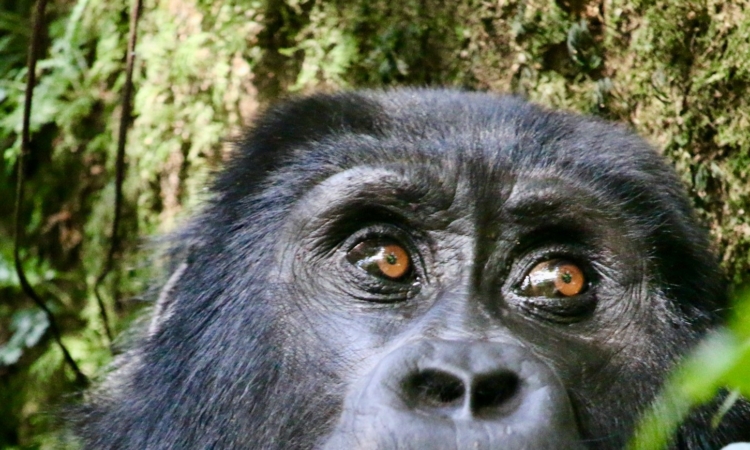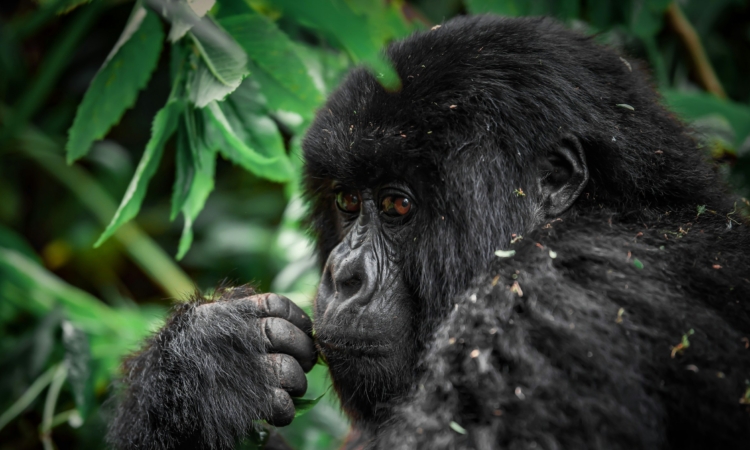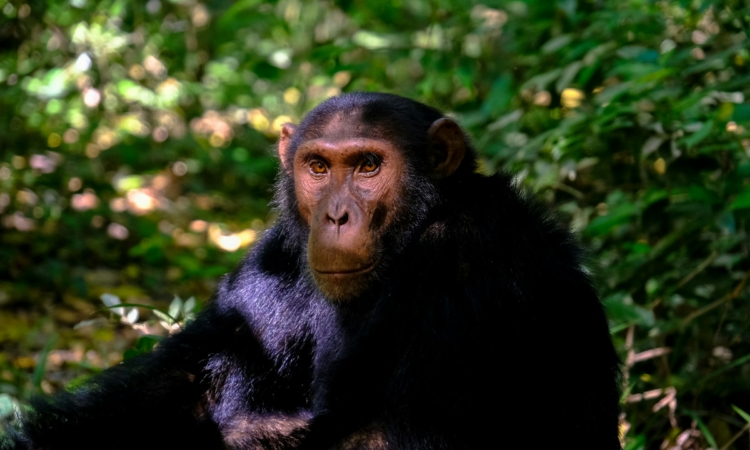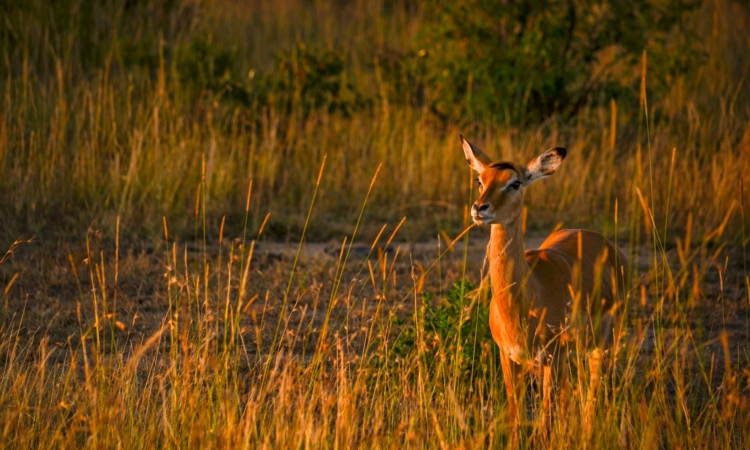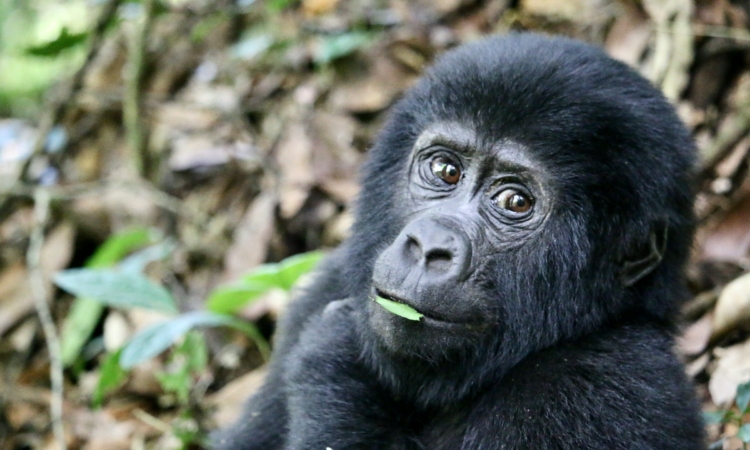Learn the History Behind the 1994 Rwandan Genocide
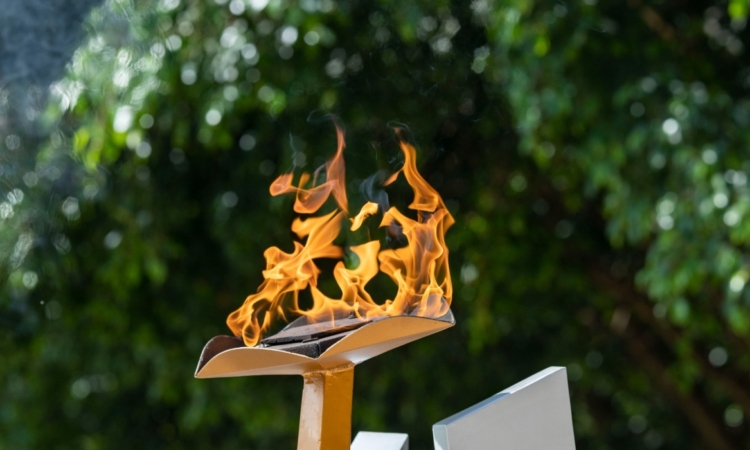
The 1994 genocide brought great pain to the minority Tutsi population in Rwanda. The Hutu planned to remove the Tutsi from the country by killing them without mercy. Through propaganda spread on social media, over 200,000 Hutu were encouraged to join the killings.
They even killed those who tried to stop the violence. To survive, many people fled Rwanda and became refugees in nearby countries. Those who stayed suffered greatly—over 800,000 civilians died during the genocide, including both Tutsi and Hutu.
During earlier times, the Twa people lived in Rwanda and are believed to be the original inhabitants of the land. Later, the Hutu arrived and pushed the Twa away. After that, the Tutsi also came, which caused land disputes between the Tutsi and the Hutu.
These tensions led to the assassination of the president, who was killed in his home. This angered the Hutu, who then started killing every Tutsi they found, including children.
The Tutsi were mostly herders, which helped them gain power in society, economics, and politics. The Hutu were mainly farmers. Despite their differences, the two groups looked very similar, and the only real difference was bloodline.
The Tutsi were often thought to be lighter-skinned and taller, but because of intermarriages, they spoke the same language. The conflict began during colonial times when Germany and Belgium ruled Rwanda. They believed they could tell ethnic groups apart by physical traits and treated the groups differently. This caused division among the people. The colonial rulers took power in 1898 and ruled through the Tutsi leaders.
Some Hutu wanted equality and got support from the Roman Catholic Church and Belgian officials. This led to the Hutu Revolution in 1959. Rumors spread that a Hutu leader was killed by the Tutsi, which made the Hutu attack the Tutsi.
Violence grew, many people died, and many Tutsi fled the country. On January 28, 1961, the Tutsi king was removed from power. He was out of the country at the time, trying to stay safe. Sadly, the monarchy was completely ended with the help of the Belgian colonial rulers.
Rwanda gained independence the next year. When the Hutu took over from the Tutsi, it was not peaceful. More than 20,000 Tutsi were killed, and by early 1964, over 150,000 Tutsi had settled in neighboring countries. Tensions grew stronger in 1990 when the Tutsi fought back by joining the Rwandan Patriotic Front rebels who came from Uganda. This led to a ceasefire and negotiations between the rebels and the government.
The genocide was very cruel and included acts like rape. Because of this painful history, people in Rwanda are encouraged to live together peacefully, like pure milk, and to build a calm and united country.
Booking Your Trip Now
If you want to tailor your tour by adding more days or destinations, please reach out to us through our main contact page using the button below.

